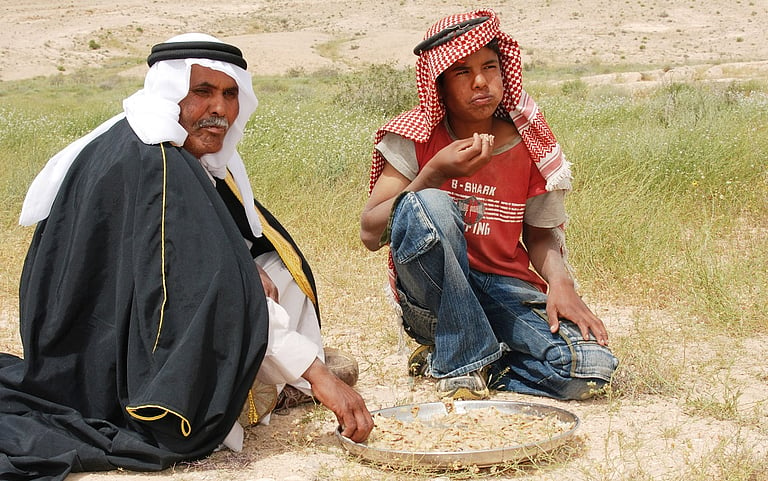by MADHUMITA PAUL

That is almost one-third of the Arab region’s population
In 2022, 2.8 billion people globally were unable to afford a healthy diet. Of these 151.3 million resided in the Arab States, representing 5.4 per cent of the global population.
The 151.3 million people constitute almost one-third of the Arab region’s population, according to a report by the United Nations.
The report, titled 2024 Near East and North Africa Regional Overview of Food Security and Nutrition, was launched on December 18, 2024, by the Food and Agriculture Organization (FAO), the International Fund for Agriculture Development (IFAD), the United Nations Children’s Fund (UNICEF), the World Food Programme (WFP), the World Health Organization (WHO), and the United Nations Economic and Social Commission for Western Asia (ESCWA).
The analysis covers 22 Arab states spread across West Asia, North and East Africa: Algeria, Bahrain, Comoros, Djibouti, Egypt, Iraq, Jordan, Kuwait, Lebanon, Libya, Mauritania, Morocco, Oman, Palestine, Qatar, Saudi Arabia, Somalia, Sudan, Syrian Arab Republic, Tunisia, United Arab Emirates and Yemen.
The Arab region remains off-track to meet the food security and nutrition targets of the Sustainable Development Goals (SDGs) by 2030, the document warned.
Conflict is the main driver of food insecurity and malnutrition in the region, while economic challenges, high income disparities and severe climate impacts also play important roles in this matter, according to the report.
Regional food production is limited due to scarcity of fertile land and water, impacts of climate variability and the increased frequency of extreme weather events.
Shocking figures
The prevalence of undernourishment in Arab states reached a new level, as per the report. A shocking 66.1 million people, equivalent to about 14 per cent of the region’s population, faced hunger in 2023.
In 2023, moderate or severe food insecurity affected 39.4 per cent of the Arab population (186.5 million individuals), a 1.1 percentage point increase from the previous year, and 15.4 per cent of the population (72.7 million people) faced severe food insecurity in 2023.
The Arab region continues to struggle with a triple burden of malnutrition — undernutrition, micronutrient deficiencies (anemia among women) and obesity.
In 2022, the prevalence of overweight among children under 5 years of age and among adults over 18 years was around double the world average. Egypt, Qatar, and Kuwait reported the highest country-specific obesity rates.
Down to earth for more
